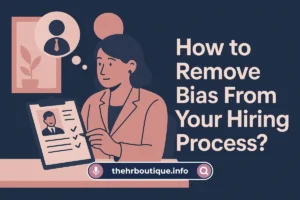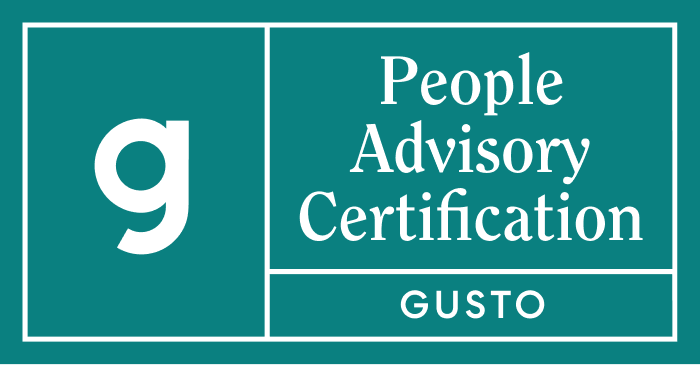Let me tell you something most business leaders don’t want to hear: your HR department could be your secret weapon, but you’re probably using it all wrong. I’ve seen it time and again: companies pouring millions into marketing and product development while treating HR like glorified paperwork processors.
Why HR Needs a Seat at the Big Kids’ Table?
Remember that amazing employee who quit last month? The one who knew all your systems inside out? That $120,000 mistake could’ve been avoided if HR were truly plugged into your business strategy.
Here’s the cold, hard truth:
- Talent is your #1 competitive advantage (yes, even over your “disruptive technology”).
- Culture eats strategy for breakfast (and your HR team holds the recipe).
- Employee turnover is bleeding you dry (but nobody’s doing the math).
What Strategic HR Looks Like?
I worked with a manufacturing client last year who was struggling with 40% turnover in their skilled labor force. Their HR director? Buried under benefits administration and compliance paperwork. We made three simple changes:
- Got HR into operational meetings (not just to take notes).
- Created a “why people quit” dashboard (the real reasons, not the exit interview BS).
- Tied manager bonuses to retention (suddenly they cared about leadership skills).
Six months later? Turnover dropped to 12%. That’s real money staying in their pockets.
The 3-Part Framework That Actually Works
1. HR folks – stop talking about “employee engagement scores” and start showing how:
- Reducing turnover by X% saves $Y in recruitment costs.
- Improving onboarding cuts time-to-productivity by Z weeks.
- Leadership development impacts customer satisfaction metrics.
2. Build a Talent Pipeline That Doesn’t Suck
Most companies:
- Panic when someone quits.
- Post a generic job description.
- Settle for “good enough” hires.
Strategic HR:
- Knows which roles are mission-critical.
- Has relationships with potential candidates before openings exist.
- Uses data to predict who might leave (and intervenes early).
3. Make Managers Actually Manage
Here’s an uncomfortable truth: most managers are terrible at people leadership.
Strategic HR:
- Trains them on real skills (not just compliance checkboxes).
- Holds them accountable for team health metrics.
- Removes them from leadership roles when they suck at it.
The ROI Nobody’s Talking About
A client in the tech space implemented strategic workforce planning through their HR team. Over 18 months, they:
- Reduced time-to-hire from 68 to 32 days.
- Increased internal promotions by 40%.
- Saved $2.3M in recruitment fees.
All because they stopped treating HR like administrators and started treating them as business strategists who happen to specialize in people.
Your Move
If you’re still running HR like it’s 1995, you’re leaving money on the table. Tomorrow morning, do this:
- Invite your HR leader to your next strategy meeting (and actually listen to them).
- Ask them to present one people metric that impacts profitability.
- Give them one business challenge to solve through talent strategy.
Do the companies get this right? They’re the ones eating their competitors’ lunch. Which side do you want to be on?





